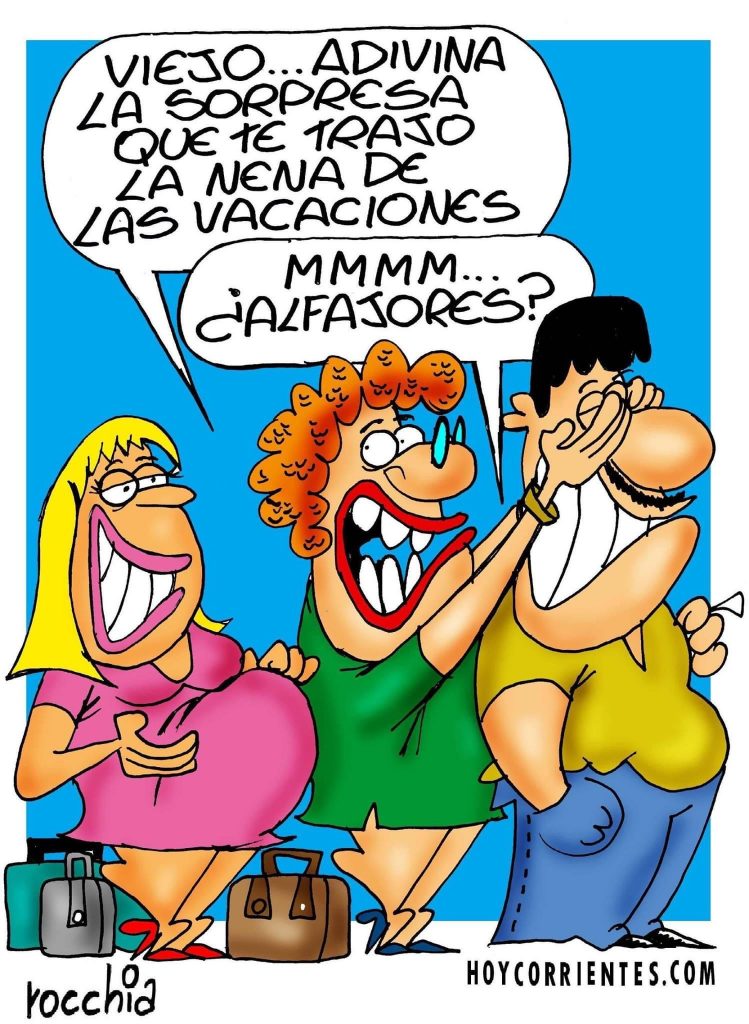Today I want to present you the job of subtitling, a field in which I specialised and have been working for four years now.
Well, subtitling is a real profession, I dare say, an art. Although it seems easy, it’s anything but simple. It’s a process where a series of rules and techniques are hidden. These rules and techniques are meant to make an audiovisual product’s fruition as pleasant as possible.
In fact, the best subtitles are invisible, you read them without notice them, given that they are an integral part of what’s going on in the video. This statement is often mentioned in several research studies in Audiovisual Translation, in questionnaires addressed to viewers. Precisely the viewers have to read the subtitles while watching a movie or a documentary, which can be tiring. However, if subtitles are well made, they don’t spoil the fruition at all, they actually improve it by helping viewers better understand the video’s content.
But how are well-made subtitles?
First of all, subtitles are divided into intralinguistic and interlinguistic. The former are written in the same language as the dialogues, while the latter are in a different language. Subtitles are also specifically made for the Deaf and Hard of Hearing (SDH), which include all sound effects and the identification of who’s talking (especially if who’s talking does not appear on the screen), and for those who are learning a foreign language. Anyway, if subtitles are meant to be translated, more and more often companies put at subtitlers’ disposal a template, i.e. a file already filled with timed subtitles. Text is usually in English, and all subtitlers have to do is translate it, without changing subtitles’ in time and out time, nor merge or split them. This allows to have the same final product exported to different countries. When talking about templates, debate lights up. If at first sight this method seems to make subtitlers’ job easier, it actually makes it more difficult: there are languages whose words are longer than English ones, so not all the translated text fits. Subtitlers, not being able to change subtitles’ times and number, are reduced to mere translators and can’t implement their technical skills. Therefore, either subtitles’ content is further reduced, or subtitles seem to be segmented incorrectly (on the segmentation, see below). Either way, subtitles seem to be poorly made, or they seem to be missing some information perceived by the dialogues.
In addition to this categorisation, there are well-defined guidelines to comply with. These guidelines are created by companies which give professionals the videos that need to be subtitled. They deal with characters per line, subtitles’ minimum and maximum duration (they usually range from 1 to 6-7 seconds), reading speed, abbreviations, and so on. Also, it should be noted that most of the time characters per line range from 37 to 42 since the human eye could not follow the reading process with much more characters (as several studies have shown through eye tracking, a procedure that monitors eye movement).
Having said that, subtitlers have to take into account various strategies in order to stick to the rules and guarantee the best readability of the subtitles. The most important of these strategies is condensation, which means writing concisely the original message. This entails rephrasing a sentence, but also deleting redundancies and other unimportant elements in terms of the plot. Besides condensation, subtitlers have to implement a good segmentation. This means that in cases of two-line subtitles you must not separate the noun from the adjective, the main verb from the auxiliary verb, the subject from the verb, and so on. Moreover, where possible, the second line should be longer than the first one for the sake of a greater perception by the viewers (this has also been proven thanks to eye tracking).
Example:
INCORRECT ✖️
Today I ate a good
sandwich for lunch.
CORRECT ✔️
Today I ate
a good sandwich for lunch.
In a nutshell, each subtitle, be it one-line or two-line, has to act as a unit of sense. In other words, it should have a full meaning in itself. Thus, viewers receive the message in a direct and instant way, especially since they cannot go back and catch up any information. This is a very important aspect of Audiovisual Translation: a video is not like a book, where you can easily go back and read something again, in a video there is a lot of movement, everything is happening quickly, and that’s why the written text in subtitles must be as clear as possible.
I’ve told you some of the things to take into account when subtitling. Sounds like a lot to you? Yet, you should know that not only subtitlers do have to adapt themselves to the rules each and every time, but also they almost always have very little time to carry out their work, plus they are paid miserably. Mainly due to the lack of time and the pressure they undergo, they often don’t deliver a flawless job, there is always some imperfections that may escape. That’s why, ideally, there is the proofreader who does the Quality Control, that is checking and correcting the subtitler’s work. I wrote “ideally” because not always do companies hire this figure, with the aim of saving time and money. So they prefer to take themselves a quick look at the final work. But this is just a formality, mainly because the product’s delivery or broadcast is near. As a result, unfortunately, viewers end up having access to subtitles that, under more favourable conditions for everyone, could have been of a better quality. Without this everlasting and excessive hurry, I am confident that more well-made subtitles would be seen around.
So next time you watch a subtitled programme, think about how much underestimated work there is behind those subtitles…



